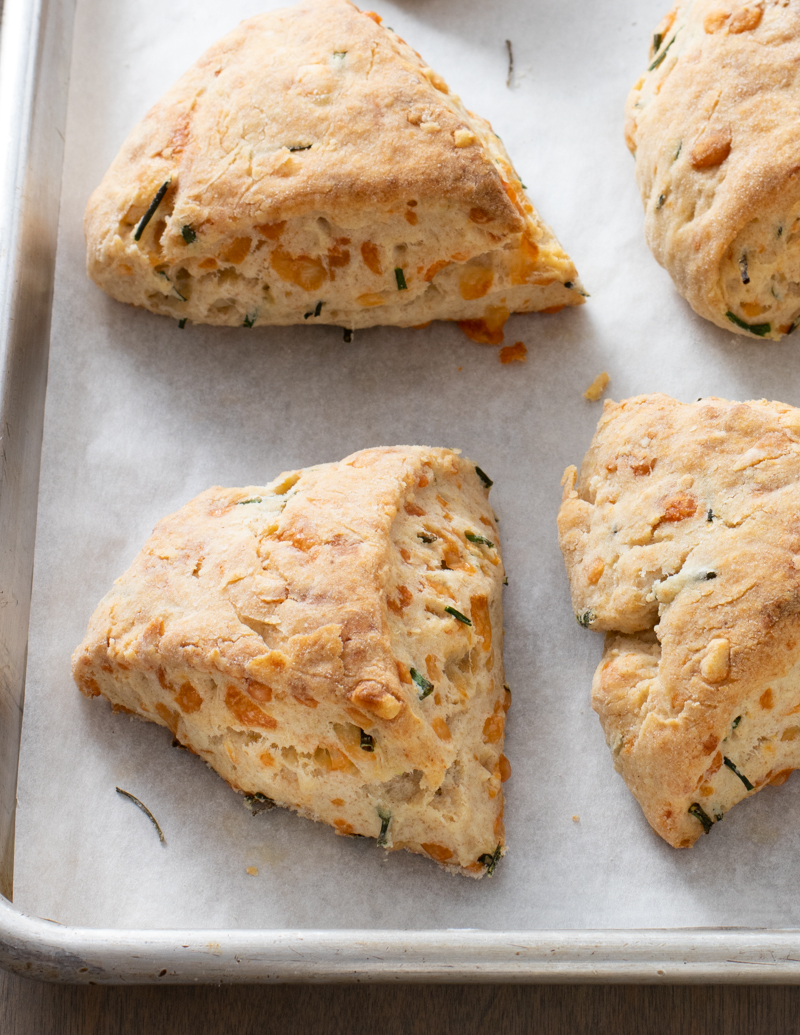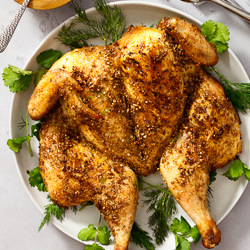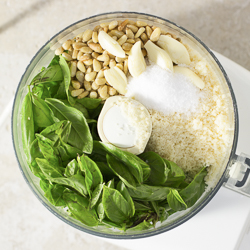Apparently, we’re doing a lot more baking these days, and yay for that. But baking is sort of its own animal, needing a little more precision and having a few more challenges than other kinds of cooking. Maybe that’s why it’s popular now—we’ve got more time and attention on our hands. In any case, you might appreciate a tip for tender baked goods.
It’s super simple and it’ll make a big difference—don’t overstir.
Let me explain.
For many baked goods, especially cakes and quick breads, including the Rustic Gruyère Chive Scones you see here, you typically combine your wet ingredients and, separately, you combine your dry ingredients, which typically include flour. Maybe you do the drys first and then the wets. But the point is you mix them separately and then you put them together.
Are you with me so far?
Well, until you put the wets and the drys together, you can mix and stir and otherwise comingle and agitate your ingredients to your heart’s content. Go crazy.
But once liquid meets flour—in other words, once you combine your wets and drys—the more you mix, the more gluten you develop.
Now, gluten development can be a good thing. It’s why we typically knead bread, for example, and what helps make it deliciously chewy.
But gluten development in cakes, quick breads, et cetera? Not so good. It’ll make them tough. As in the opposite of light and tender.
Nobody wants a tough, chewy cake.
So if you’ve ever seen a baking recipe that tells you not to overstir, or to “mix until just combined,” now you know why. (Mystery solved!) The recipe is trying to help you make light, tender baked goods.
For the same reason, some recipes tell you to set aside a dough for a little while. Or a mixture of, say, flour and butter. The setting aside is to let it rest, to impede gluten development.
Also for the same reason, some roll-out cookie recipes tell you to gather the scraps and reroll only once or twice. Too much regathering and rerolling develops too much gluten.
You get the idea. Different instructions, same purpose.
In these scones, this tip for tender baked goods works like this—you add cream to the dry ingredients and stir just until a rough dough forms. And then you turn the dough onto a floured surface and knead just until the dough comes together. No more.
For something like muffins, it translates to combining your wets and drys just until the mixture comes together. If you’ll be adding mix-ins, like fruits or nuts, you mix the wets and drys until just short of combined. They’ll get thoroughly combined, and no more, once you add the mix-ins.
Same with some cookie recipes.
It can take practice, not to overdo something. We’re cooking, so we’re doing, and it can seem like more doing should be better. But it turns out that less is sometimes more, even in the kitchen.
(If that strikes a chord, see this related post, Are you an over-stirrer or an under-stirrer?)
May all your baked goods be light and tender. And may we all soon be baking for reasons other than because we’re stuck at home.
Baking recipes to practice not overmixing:
Rustic Gruyère Chive Scones, natch
Strawberry Rosemary Muffins
Banana Walnut Muffins
Butter Cookies (scroll down for killer flavor variations)
Nana’s Honey Cake
Baking recipes where you can mix to your heart’s content:
Homemade Focaccia Bread
Hearty Whole Wheat Walnut Bread











